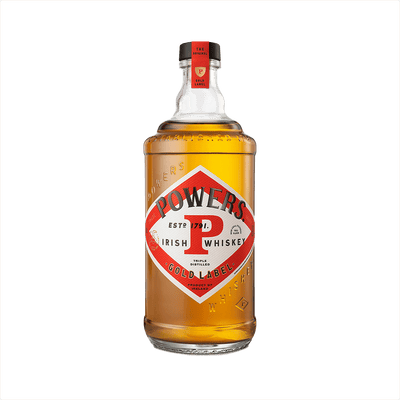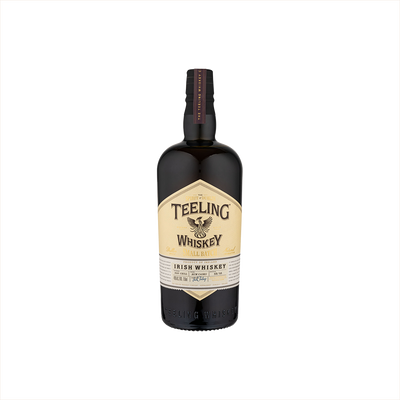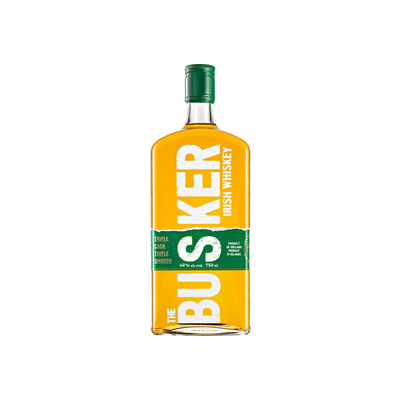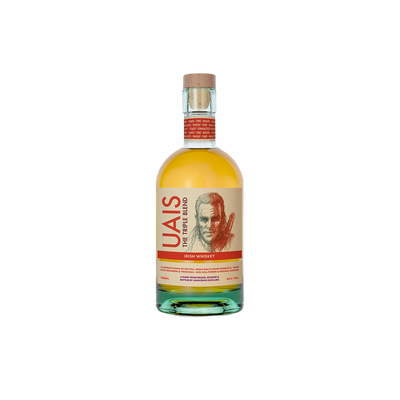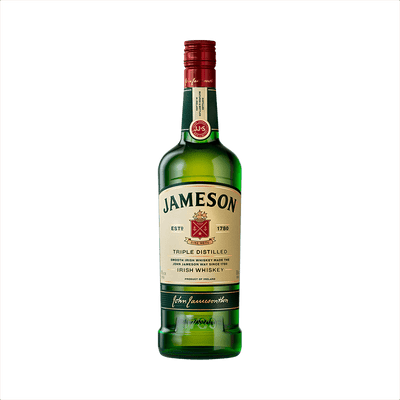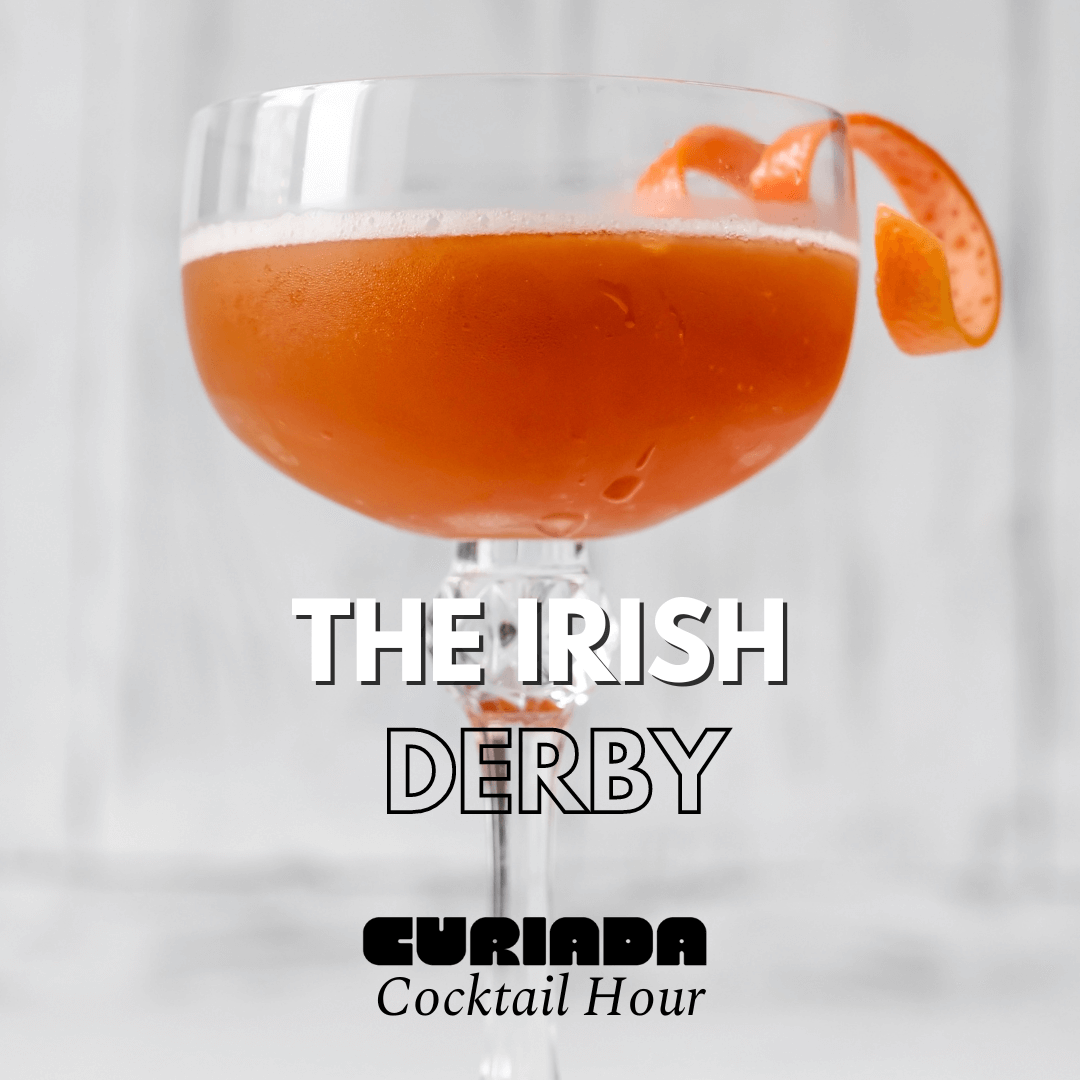Blended Irish Whiskey
What is Blended Irish Whiskey?
Blended Irish Whiskey represents the most popular style of Irish Whiskey, created by combining different types of whiskeys from the same distillery or multiple distilleries across Ireland. These blends typically marry lighter grain whiskeys with more robust pot still or malt whiskeys, allowing master blenders to craft consistent flavor profiles that balance smoothness with character. The art lies in selecting complementary whiskeys that work together harmoniously, producing accessible yet complex spirits that showcase Ireland's whiskey-making traditions.
Learn More About Blended Irish Whiskey
What makes Blended Irish Whiskey unique?
Blended Irish Whiskey stands apart by combining multiple types of Irish whiskey—typically grain whiskey with pot still or malt whiskey—to create a smoother, more approachable profile than single-type expressions. This blending artistry allows master distillers to balance the lighter, neutral character of grain whiskey with the richer flavors of pot still or malt whiskey, resulting in spirits that maintain Irish whiskey's characteristic smoothness while offering greater complexity than grain whiskey alone. Unlike Single Pot Still Irish Whiskey with its distinctive spicy character or Single Malt's barley-forward intensity, blended expressions prioritize harmony and accessibility, making them perfect entry points into Irish whiskey while still satisfying experienced palates.
How is Blended Irish Whiskey made?
Blended Irish whiskey combines different types of Irish whiskeys - typically grain whiskey and pot still whiskey, sometimes with malt whiskey added to the mix - that have been aged separately before being married together by the master blender. The grain whiskey, usually made from corn and wheat in column stills, provides a light and smooth foundation, while the pot still whiskey (made from malted and unmalted barley in traditional copper pot stills) contributes the distinctive spicy character and body that defines Irish whiskey. After blending, the whiskey often rests for several months to allow the different components to integrate and develop a cohesive flavor profile before bottling.
How do you drink Blended Irish Whiskey?
Blended Irish whiskey shines both neat and on the rocks, where its smooth, approachable character really shows off – though many folks love it with a splash of water to open up those subtle flavors. It's a cocktail workhorse too, starring in classics like Irish Coffee, Whiskey Sour, and simple highballs with ginger ale or soda water. The style works beautifully in warming winter drinks thanks to its gentle spice notes, but its clean finish makes it equally refreshing in summer cocktails – perfect for everything from casual pub nights to cozy fireside sipping.
How do I choose good Blended Irish Whiskey?
Start by considering the flavor profile you're after – lighter blends like Jameson or Tullamore D.E.W. work beautifully in cocktails where you want the whiskey to play well with other ingredients, while richer blends like Redbreast 12 or Green Spot shine when sipped neat or with just a splash of water. If you're mixing cocktails, grab something in the $25-40 range that won't break your heart when combined with citrus and simple syrup, but still brings enough character to make the drink interesting. For sipping straight, invest in higher-end blends that showcase the distillery's art of marrying different whiskey styles – these typically offer more complexity and smoother finishes that reward slower, more contemplative drinking.
Nutritional Information
Typical Calorie Range per Ounce: 64-70 calories
Typical Carbohydrate Range per Ounce: 0-0.1 grams
Typical Sugar Range per Ounce: 0 grams
Typically Gluten Free: No
Blended Irish whiskey is made from malted and unmalted barley along with other grains, which may include wheat. While the distillation process removes most gluten proteins, some individuals with celiac disease or severe gluten sensitivity may still react to traditional Irish whiskey. Always check the specific product's detailed information and consult with your healthcare provider if you have gluten-related concerns. Some distilleries now produce certified gluten-free whiskeys for those who need complete assurance.
Scrolled this far? Your reward? Blended Irish Whiskey Trivia!
- The original Irish Coffee at Shannon Airport in 1943 was made with blended Irish whiskey, not single malt, because chef Joe Sheridan wanted a spirit that wouldn't overpower the coffee - he specifically chose Jameson because its smoothness let the cream float perfectly on top without curdling.
- Blended Irish whiskey was actually the world's most popular spirit in the 1800s, outselling Scotch whisky globally by a ratio of 6 to 1, until the Irish War of Independence and subsequent trade wars with Britain destroyed most export markets and nearly killed the entire industry.
- The triple distillation process that makes Irish whiskey so smooth was originally developed by monks in the 12th century who discovered that running their "aqua vitae" through copper pots three times removed impurities that caused blindness - they were literally perfecting the art of not poisoning their congregation.
- Redbreast, now celebrated as a premium single pot still whiskey, started life in 1903 as a blended whiskey sold exclusively by Gilbey's wine merchants in London - the name comes from the European robin redbreast on their company logo, not from any Irish connection.
- During Prohibition, Irish distilleries legally shipped "medicinal whiskey" to American pharmacies in bottles marked "For Medicinal Purposes Only" - Tullamore Dew actually increased production by 300% between 1920-1933, making it one of the few legal ways Americans could buy real Irish whiskey during the dry years.
Higher-proof spirits can be intense. Mix carefully, taste thoughtfully, and enjoy responsibly.
Gift message (optional)

